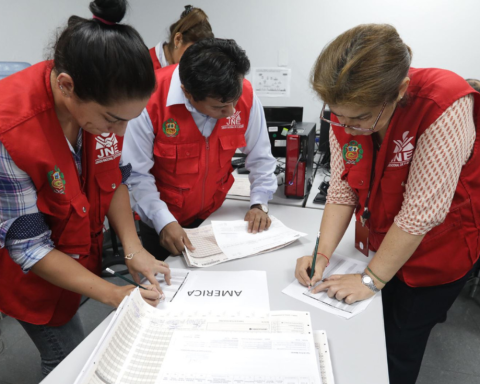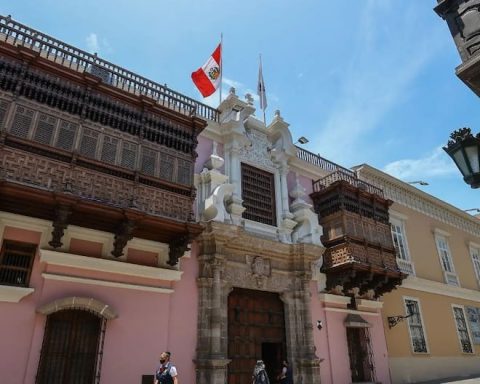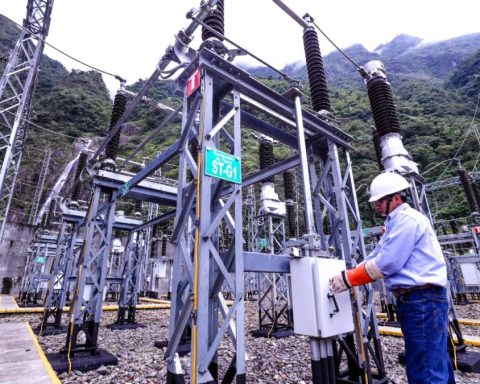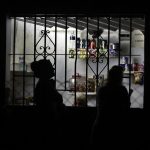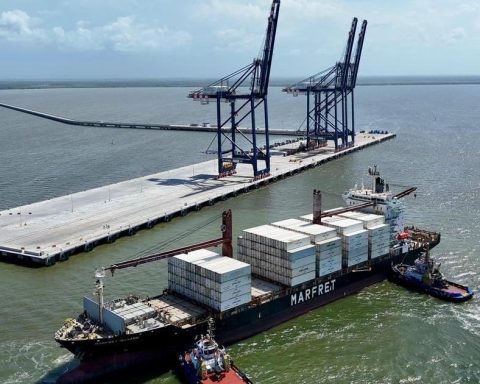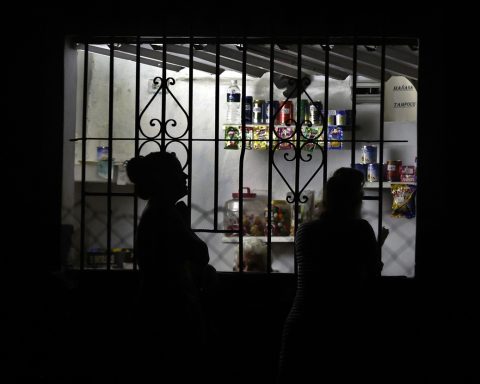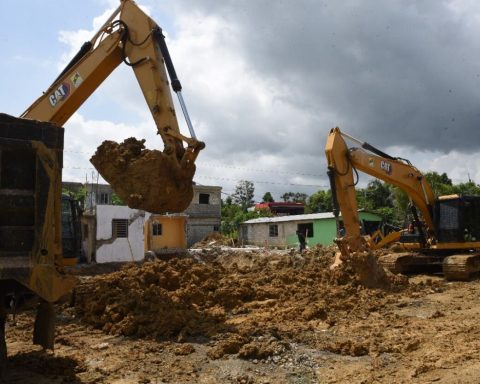Today, Lima woke up to a transport strike motivated by increasing citizen insecuritywhich recently claimed the lives of three driversan incalculable tragedy. This not only paralyzed a group of transporters, but also prevented many workers in other sectors from arriving at their workplaces on time, some of them facing delays and others assuming additional costs.
LOOK: Public transport drivers hold a sit-in to demand greater security
This is just one of the many ways in which citizen insecurity imposes costs on the economy.
According to a study by the Central Reserve Bank (BCR), crime is closely linked to the economy, both directly and indirectly. The monetary authority argued that the direct effects include the loss of resources and production as a result of theft, robbery, murder, among others; as well as the resources spent on both public and private security.
As for indirect costs, he stressed that these are reflected in fewer employment opportunities, weakening of institutions and corruption of the system, among others.
“The relationship between crime and economic growth is bidirectional. On the one hand, crime can reduce incentives to invest, generate distortions in consumption, reduce productivity and generate costs to the treasury. On the other hand, economic growth itself can help reduce incentives for criminal activities by creating more legitimate economic opportunities,” said the BCR.
Costs
Following the Inter-American Development Bank’s (IDB) observable direct costs methodology, the BCR determined that citizen insecurity costs the country at least 2.2% of GDP each year.
This estimate, as the monetary authority points out, is “at least”, because it only includes the expenditure of formal private companies on security, which amounts to around 1.5% of the product, and the costs incurred by the government in the administration of justice linked to criminal offenses, police services and penitentiary administration, which amounts to approximately 0.7% of the GDP.
However, the assessment does not consider indirect costs arising from individuals’ loss of income as a result of victimization.
For example, crimes impact people’s consumption by generating distortions in their decision-making. According to the BCR, as a consequence of the above, citizens prefer to reduce the consumption of visible goods such as jewelry, for example, in order to avoid being a target of crime; and, on the other hand, they reallocate their spending, allocating it more to private security and alarms to avoid being victims of crime.
Benefits of facing the problem
Solving the problem would improve society’s well-being incalculably. However, if Peru alone were to reduce its annual homicide rate (from around 8 per 100,000 inhabitants) to the world average (5 per 100,000 inhabitants), the potential GDP growth rate could increase by around 0.1 percentage points, according to the BCR.
The investigation also concluded that there are other criminal dimensions, such as extortion of businesses, which can have additional adverse effects on the product, which is precisely what SMEs, which represent more than 95% of the business sector, are suffering today. Will President Baluarte and her ministers read the BCR investigations?
Take advantage of the NEW EXPERIENCE, receive our enriched digital newspaper by email or WhatsApp.
Perú21 ePaper Get to know our plans!
RECOMMENDED VIDEO




